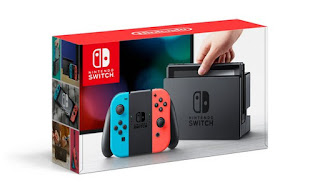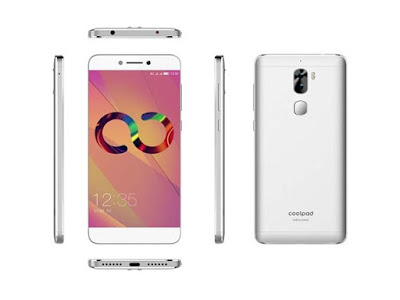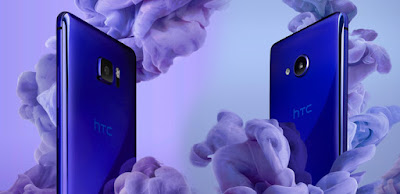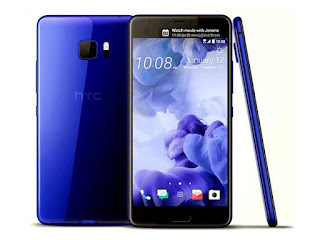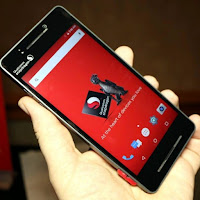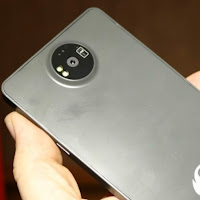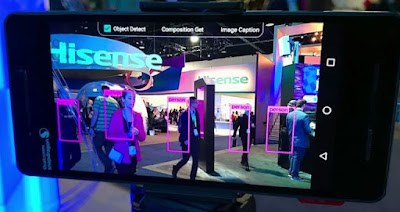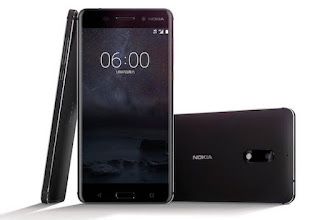Best SmartPhones under ₹20000 or $300 launched at the Year 2016
Looking to buy the best phone under ₹20000 or $300? 2016 was a great year for a lot of new phones launched in the 20000 smartphone segment. While most of these smartphones offer good performance, some can really go toe to toe with high-end flagship smartphones. So, you have a lot of options if you are buying the best phones under Rs.20,000 price, but which one to buy? To make things simple, here is our list of the best smartphones under 20,000 in India for December 2016. These phones offer good performance, camera quality, specifications and good features at mid-range price points and are recommended for users with a budget of under 20000.So here are the top 10 smartphones under Rs 20,000 in India
1) LeEco Le Max 2
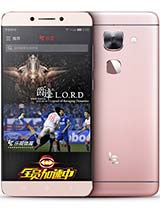
With the launch of the Lenovo Z2 Plus, many phone makers have lowered their prices and LeEco has done the same. It’s flagship, the Le Max 2, which launched at Rs. 22,999 has seen a massive price drop and is available at Rs. 17,999. For the price you pay, you get the Qualcomm Snapdragon 820 SoC and a beautiful 5.7 2K display. This also makes it the only phone in the sub-20K segment to offer a 2560x1440p resolution display. To top it off, the smartphone boasts of a very good 21MP rear camera. Specs: Display: 5.7-inch, 1440p SoC: Qualcomm Snapdragon 820 RAM: 4GB Storage: 32GB Battery: 3100mAh OS: Android 6.0

The Indian smartphone market is very price sensitive. We like good phones with a formidable performance at low prices and nothing does it better than the Lenovo Z2 Plus. With a powerful Qualcomm Snapdragon 820 on-board, the Z2 Plus overpowers the competition very easily. To further strengthen its position, Lenovo offers it with 4GB of RAM and 64GB of storage, making it the best phone in the category. The smaller 5-inch touchscreen offers good colour reproduction and so does the 13MP rear camera. So, if you are looking for a phone under 20K, this is it. Specs: Display: 5-inch, 1080p SoC: Qualcomm Snapdragon 820 RAM: 4GB Storage: 64GB Battery: 3500mAh OS: Android 6.0
3) Samsung Galaxy J7 Prime
Samsung Galaxy J7 Prime comes with medium-tier specs that have been a standard for this price range. It performs as expected, however the occasional and random crashing of apps was definitely somewhat of a concern. The camera performs really well in good light and manages to keep the images noise free in relative darkness too, albeit thanks to aggressive noise reduction.
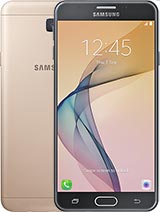
By itself, the phone is a good option for anyone looking to shell out money for an impressive battery life. However Lenovo has introduced the Z2 Plus at same price almost packed with a more powerful Snapdragon 820 processor, 3GB (or 4GB depending on the variant) of RAM and matching camera and display specs. The Lenovo Z2 Plus also sports a bigger battery, but it may not come with the optimisation the Samsung Galaxy J7 Prime sports, making a choice between the two harder.
Flipkart
Amazon
4) Asus Zenfone 3 Laser

Asus Zenfone 3 Laser, as the name implies, is the successor to Zenfone 2 Laser. The USP of the device is its ultra-fast 0.03 second laser autofocus. The Zenfone 3 Laser features a 5.5-inch Full HD display with 2.5D arc glass. Asus Zenfone Laser series has been camera-centric smartphone and Zenfone 3 Laser gets a 13MP rear image sensor from Sony coupled with electronic image stabilisation.Asus Zenfone 3 Laser also supports color correction sensor but it we will have to wait and see how it works in real life. The smartphone with 4GB RAM and 32GB storage is priced at Rs 18,000.
5) Oppo F1S

Oppo is now among the world’s top five smartphone vendors, and in India the brand has gained some recognition with its selfie-camera smartphones. The Oppo F1, Oppo F1 Plus were both launched in India this year with a focus on giving a great selfie experience to users. Oppo F1s is another take on the Oppo F1 series, and comes with the same 16MP front camera seen on the F1 Plus. The latter was priced at Rs 26,990, but had a higher resolution display and more storage on board.
For Oppo, the focus on selfies as a niche is interesting. In case of smartphones, the specifications battle has all but died out, with 3GB RAM, 32GB storage space now being common, even in devices that cost just Rs 10,000 or under. But smartphone cameras are still one segment where manufacturers can hope to stand out from the crowd. In Oppo’s case, it has decided to focus on the front camera, and give this selfie-obsessed generation a reason to rejoice. The Oppo F1 Plus’ selfie camera had impressed us, but is the new Oppo F1s worth its Rs 17,990 price tag?
6) Moto G4 Plus

The latest G Series smartphone from Moto features a stellar camera, probably the best in its category. However, the performance is not at par with the Lenovo Zuk 2 or the LeEco Le 2. That said, the Qualcomm Snapdragon 617 can handle most tasks with ease, and if you are a lightweight user, the Moto G4 Plus will be able to provide you with optimum performance. The display also gets an upgrade over its predecessor, as the 5.5-inch display now offers Full HD resolution. The storage has also been upgraded, and the phone is now available in both 32GB and 16GB storage variants. Specs: Display: 5.5-inch, 1080p SoC: Qualcomm Snapdragon 617 RAM: 3GB Storage: 32GB Battery: 3000mAh OS: Android 7.0.1

This phone is great combination of eye-catching design and flawless performance with MediaTek 2.2 GHz octa core processor supported by 4 GB RAM. Nearly all the specs meets our expectation except the Camera, Although phone has 16 MP primary and 8 MP secondary Camera on paper which looks more than enough but in real world performance they are not up to the mark. for the camera Moto G4 Plus is still irreplaceable under ₹ 15K Range. If you are not a camera maniac you can go for Moto M otherwise you can choose Galaxy J7 Prime.
Flipkart
8) Xiaomi Mi Max

if you are looking for a big phone with good battery life along with some impressive performance, then the Mi Max is certainly your best bet. It is powered by the Qualcomm Snapdragon 650 SoC that we saw on the Redmi Note 3. The main feature of this smartphone, is the large 6.44-inch display that offers good viewing angles, and is the ideal size to watch a lot of videos, or even read. Your movie-watching endeavours are well-supported by the huge 4850mAh battery, which won’t die even after two days of average usage. Specs: Display: 6.44-inch, 1080p SoC: Qualcomm Snapdragon 650 RAM: 3GB Storage: 32GB Battery: 4850mAh OS: Android 6.0
Flipkart
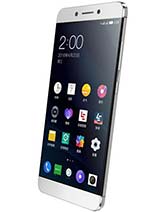
Another great phone in this segment is the LeEco Le 2. Available now with 64GB of storage, the Le 2 brings refined design to the table, along with outstanding performance. The Qualcomm Snapdragon 652-powered device is quite powerful, and has one of the better cameras in the sub-20K segment. If your budget is a little tight, a 32GB variant of the phone is also available at a lower price. Its battery life though, is not at par with the Redmi Note 3. Specs: Display: 5.5-inch, 1080p SoC: Qualcomm Snapdragon 652 RAM: 3GB Storage: 64GB Battery: 3000mAh OS: Android 6.0.
Flipkart
Amazon
LeEco Le2 (Rose Gold, 32GB)
LeEco Le2 (Gold, 32GB)
LeEco Le2 (Grey, 32GB)
The Xiaomi Redmi Note 3 is the phone of the moment, and we are not surprised. Xiaomi ticked all the right boxes with this phone, ushering an era of budget smartphones that perform way better than their pricing. The 16MP rear camera is unable to match the overall goodness of the phone, but considering the sub-20K price bracket, it is still a very good option. You should consider this phone if you don’t want to compromise on battery life. Specs: Display: 5.5-inch, 1080p SoC: Qualcomm Snapdragon 650 RAM: 3GB Storage: 32GB Battery: 4050mAh OS: Android 5.1.1
Flipkart
Amazon

he Xiaomi Redmi 3s Prime is the most affordable smartphone in this list, offering a relatively new Qualcomm Snapdragon 430 SoC, which handles all tasks with ease. The small, ergonomic smartphone offers an all-metal build, a first for its price category. The 13MP rear shooter is also decent for the price, and it even houses a fingerprint scanner. Specs: Display: 5-inch, 720p SoC: Qualcomm Snapdragon 430 RAM: 3GB Storage: 32GB Battery: 4100mAh OS: Android 6.0.1
Flipkart
Amazon
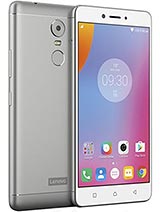
If you are looking for a balanced smartphone, Lenovo’s K6 Power can be one of the choices. This budget phone is using the Qualcomm Snapdragon 430 SoC, same as the Xiaomi Redmi 2S Prime. It is a good performer and one of the few phones to offer a 1080p display on a 5-inch display. The phone has large 4000mAh battery offering an entire day of battery life. Further, the 13MP primary camera on its back, is one of the best in its category. Specs: Display: 5-inch, 1080p SoC: Qualcomm Snapdragon 430 RAM: 3GB Storage: 32GB Battery: 4000mAh OS: Android 6.0
Flipkart

